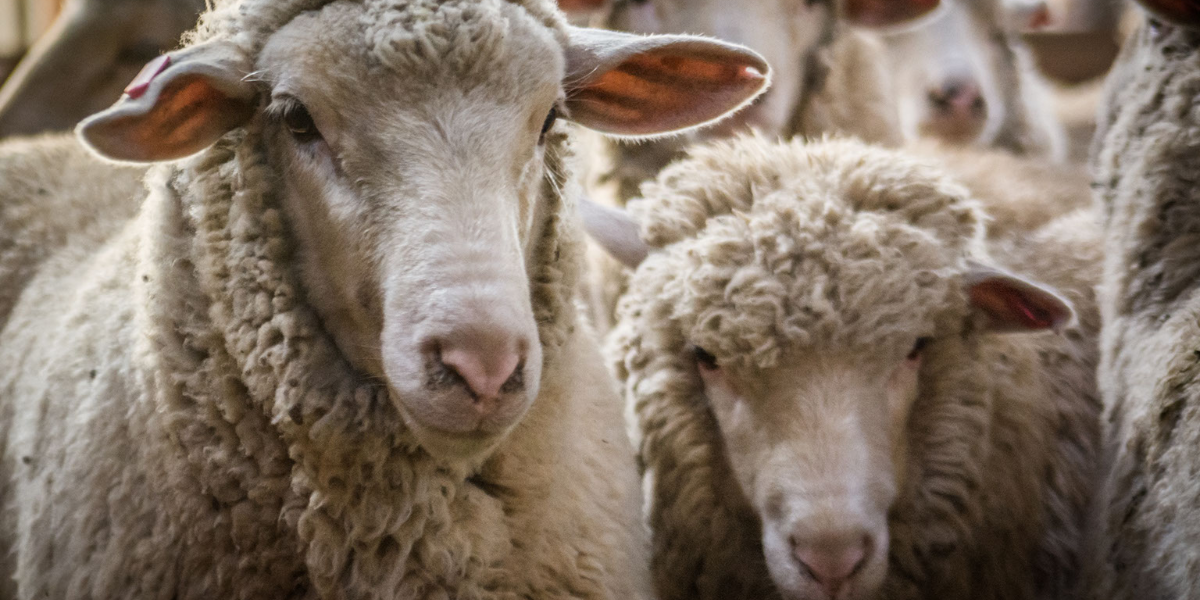The latest survey of sheepmeat producers shows they’re mixed about the future, with around a third saying they intend to grow their operation, a third intending to decrease, and a third staying the same.
The latest survey data from sheep and wool producers shows that there is mixed sentiment across the country about the sheepmeat and wool industries, according to the latest Sheep Producer Intentions Survey issued by Meat & Livestock Australia (MLA) and Australian Wool Innovation (AWI).
The survey data has been published in the Sheep Producer Intentions Survey (formally known as the MLA and AWI Sheepmeat and Wool survey). This survey provides updated information that builds on the October 2022 full Sheep Producer Intentions Survey.
A total of 1,958 producers from across Australia respond to the survey invitation during late April and early May, where the results were then weighted using the latest available Australian Bureau of Statistics (ABS) data to produce industry estimates.
Concerns around the weather and seasonal conditions are impacting producers from right around the country. 50% of sheep producers nationally cite weather as the number one issue affecting their on-farm decision making. While 31% cite weather as their main off-farm external factor when it comes to running their business.
Net sentiment about the sheepmeat industry has fallen from 68 sentiment points in October 2022 to 27 sentiment points in May 2023, a fall of 40 points.
While most States remain positive, Western Australian sentiment about the industry has dropped to -48 sentiment points, meaning that more producers are feeling pessimistic about the future of the sheepmeat industry.
The surveyed producers cited their concerns about the future of the live export of sheep and potentially deteriorating seasonal conditions.
According to MLA’s Market Information Analyst Jenny Lim, said while sentiment from producers declined in all States, Western Australian producers’ overall sentiment declined by 90 points between October 2022 and May 2023.
“WA producers are noting that they have extra sheep on-farm, with processors working through a significant backlog and an oversupply of lambs,” Ms Lim said.
The May 2023 survey had a specific focus on understanding the profile of Australia’s breeding ewes and wether flocks.
Of the estimated 46 million breeding ewes on hand, Merinos made up 64% of total breeding ewe flock, while first cross sheep represented 14% and prime lambs represented 12%.
Producers in New South Wales, South Australia, Queensland and Western Australia also have a larger proportion of Merinos, with Tasmania and Victoria reporting lower proportions.
Regarding producer intentions, there was a mixed response around their breeding ewes flock in the next 12 months:
- 30% indicated they would increase their breeding ewe flock size.
- 38% indicated they would remain unchanged.
- 32% indicating they would decrease their breeding ewe flock size.
The growth position was stronger among producers in Queensland, although this State represents a small proportion of the overall national flock. Western Australian producers were more likely to forecast a decrease over the next 12 months.
View a full copy of the May Sheep Producers Intentions Survey here.
Like what you’re reading? Support New England Times by making a small contribution today and help us keep delivering local news paywall-free. Support now


